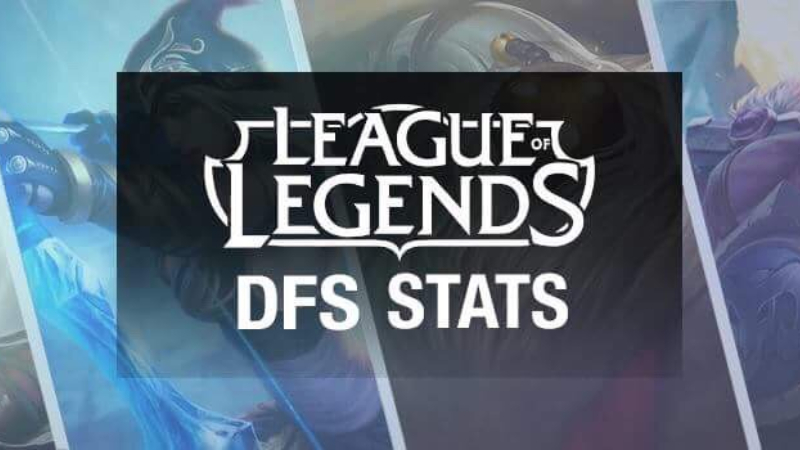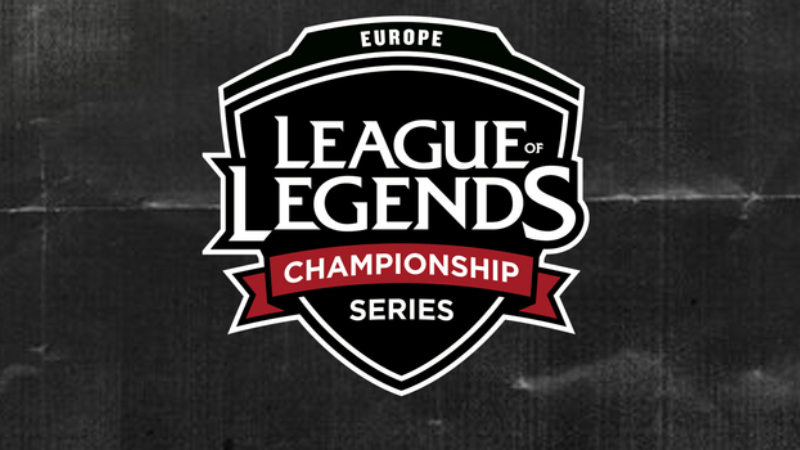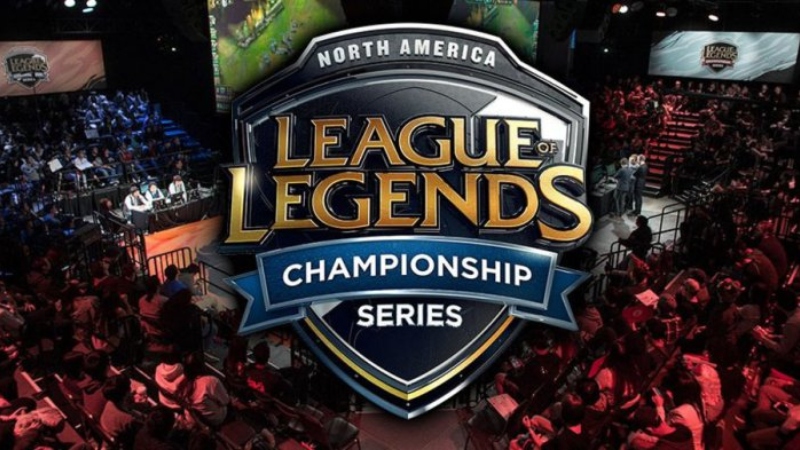The Highlights
- For the next few weeks there's a lull in League of Legends action.
- Now is a great time to think about League from a strategic (vs. slate-specific) perspective.
- The most important stats for League daily fantasy are Kills per Win and Deaths per Loss.
Last weekend we had the Mid-Season Invitational (MSI) playoffs, so now we have an early-summer lull in League of Legends action, which gives us an opportunity to take a step back and think about League from more of a strategic (vs. slate-specific) perspective.
If you’re new to esports, check out my League introduction. For some evergreen insight related to League DFS, take a look at my piece on the three biggest esports DFS mistakes and how to avoid them.
For the last couple of months I've been doing League slate breakdowns for The Action Network, and something I'm especially proud of is the collection of data I present in these pieces. For some slates it's easy to find predictive statistics, but that's not always the case. For instance, almost no data is available on teams from the smaller regions, so for the MSI play-in tournament I watched 116 League games to collect the data for my article. Knowledge is power, and for that slate readers of The Action Network were especially potent.
But statistics alone are not enough. It's important to know how to translate data into esports success. In my experience, the most important stats for League DFS are Kills per Win (KPW) and Deaths per Loss (DPL).
Why Do KPW and DPL Matter?
Because Legends fantasy points are primarily gained from kills and assists, it's important to have an idea of how many kills a team can reasonably be projected to have. Plus, it's rare for losing teams to provide more value than winning teams in League DFS, so when projecting kills within a given matchup you want to know how many kills a team generally gets in victory and how many deaths the opposing team normally has in defeat.
Note that when projecting total kills for the team it's not necessarily important to know which players are likely to get the majority of the kills. Why? For most kills in many games, teammates will accrue assists, which are worth almost as many fantasy points as kills: Three points for kills, two for assists.
KPW vs. Kills per Game
For many regions and teams, it's not hard to find the standard average kills per game (KPG) statistic, which is what most people use. The same goes for average deaths per game (DPG). These stats aren't useless, but they are misleading and exploitable.
Many people use the KPG stat in particular when making DFS decisions, believing that the teams with higher KPGs will likely score more fantasy points. That assumption isn't necessarily wrong, but it's flawed for one major reason: KPG is an encompassing statistic, and many teams have drastic win/loss splits because of their style of play.
What matters is not how many kills a team gets in an "average game." In League, an average game basically doesn't exist. A team either wins or loses, and what matters is how many kills a team gets when it wins, because if you're rostering players you're expecting the team they're on to win.
Since we don't care about how many kills teams get when they lose and since KPG includes losses within it, KPW is the preferable statistic.
DPL vs. Deaths per Game
Again, the same goes for DPL and DPG, the latter of which doesn't really give you the information you need. When you are looking to roster players from a team, you shouldn't care about how many deaths the opposing team yields on average. What matters is how many deaths the team gives up in losses, because if the opposing team wins then your roster won't be successful anyway.
How to Use KPW and DPL
To get a sense for how many kills a team might get in a matchup, lots of people simply average that team's KPG with the opposing team's DPG. As explained above, that approach is exploitable. Instead, it would be much better to average a team's KPW with the opposing team's DPL, which is what I do. Are there more sophisticated ways to project kills? Probably, but averaging KPW with opponent DPL has worked for me.
Here's an example: If Team A tends to keep games close in its losses but doesn't dominate in wins, it could end up with eight kills in losses and 12 kills in wins for a total of 10 KPG (let's assume a .500 record). Contrast that with Team B, which dominates in wins (17 kills) but gets blown out in losses (two kills) for an average of 9.5 KPG (also a .500 record). If you look only at KPG and assume that both teams are equally likely to win then you might expect Team A to be the better team for DFS, but Team B would actually be the much better unit to stack — especially if its opponent had a high DPL.
Once you know that KPW and DPL are the stats to use, it becomes much easier to find teams worth stacking, which is why I always feature those stats in slate breakdowns. Comparing KPW for your favorite potential winners with DPL for their opponents is absolute the No. 1 most important thing to do in evaluating any League slate.
In my next piece I'll talk about how to utilize the Kill Participation statistic in deciding which specific players to roster. Till then, I'll see you on the rift.



















































